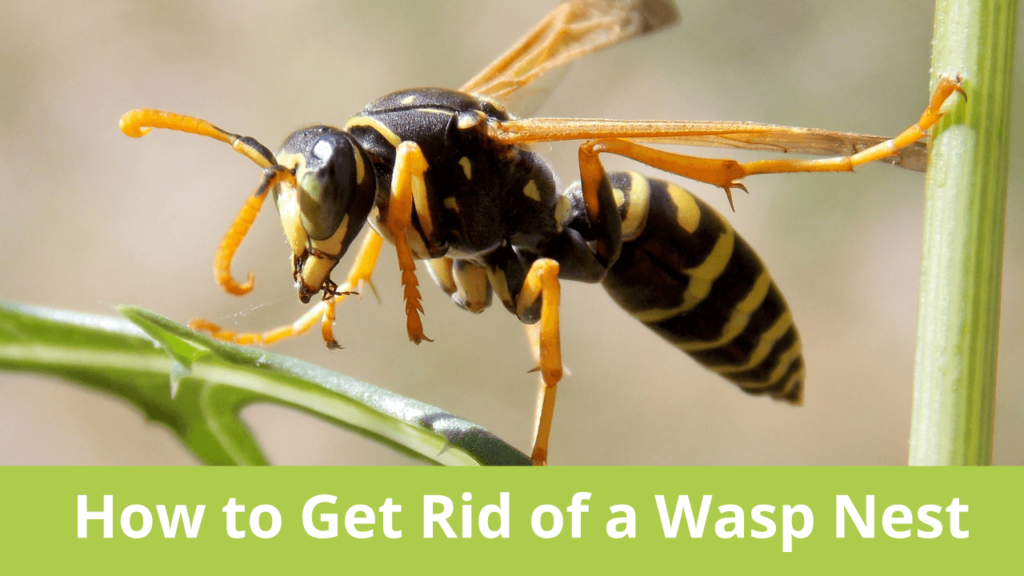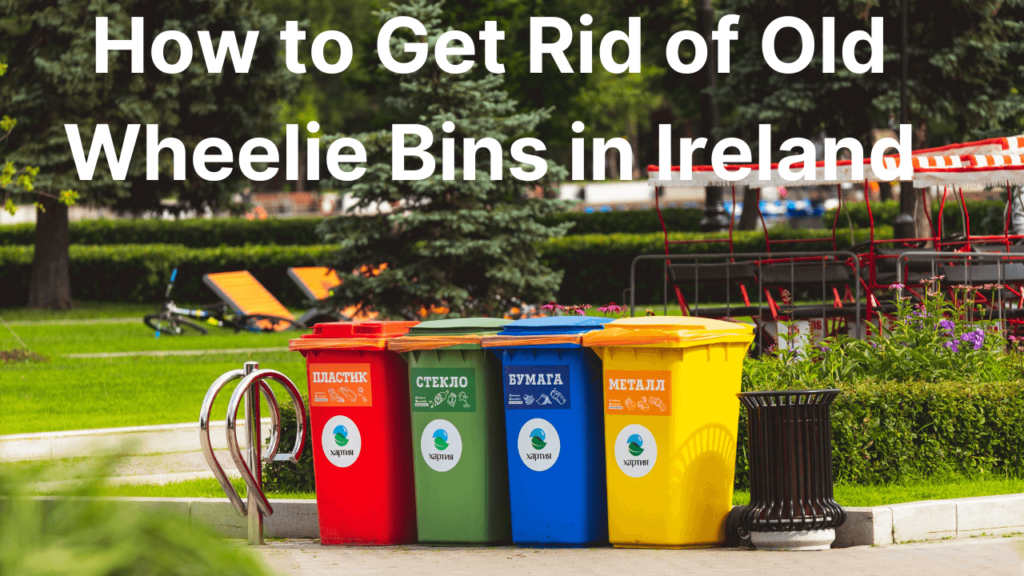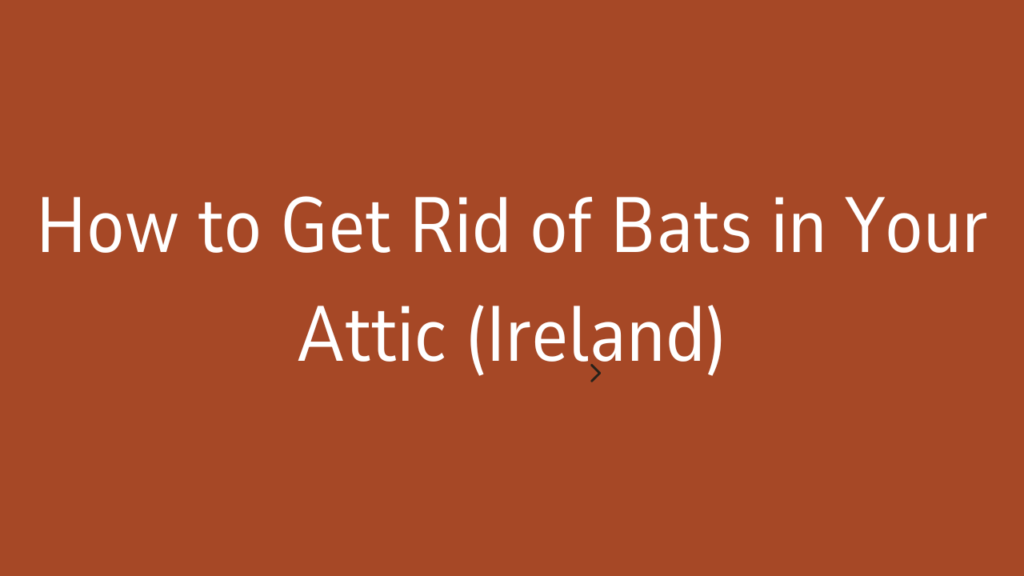Wasps can be troublesome, especially when their nests are close to homes or outdoor spaces. If you’ve noticed a wasp nest near your property in Ireland, it’s essential to act carefully and safely. This article provides a detailed guide on how to identify, handle, and remove wasp nests while minimizing risks.
Understanding Wasps and Their Nests
Wasps are beneficial insects that help control pests, but their stings can be painful and dangerous, especially for those allergic to them. Common wasps found in Ireland include:
- Common Wasp (Vespula vulgaris)
- German Wasp (Vespula germanica)
How to Identify a Wasp Nest:
- Appearance: Wasp nests are made of a papery material created by chewing wood mixed with saliva. They are typically grayish and round or oval-shaped.
- Size: They can range from the size of a golf ball to as large as a basketball, depending on the colony’s age.
- Location: Wasps build nests in sheltered areas like under roof eaves, in sheds, attics, bushes, or even underground.
Is a Wasp Nest Dangerous?
Yes, a wasp nest can be dangerous, especially if it is disturbed. Wasps are defensive and may attack in large numbers to protect their nest. Their stings can be painful and, in some cases, cause severe allergic reactions, including anaphylaxis. If the nest is in a high-traffic area or near your home, it increases the risk of accidental encounters, making it important to handle the situation carefully.
Is It Necessary to Remove the Wasp Nest?
Before taking action, evaluate whether the nest poses a threat.
- Low Risk: If the nest is in a remote area, away from human activity, you might leave it alone. Wasps die off in winter, and the nest won’t be reused.
- High Risk: If the nest is near a doorway, playground, or frequently used area, it’s safer to remove it.
Note: Always approach with caution, as disturbing a nest can provoke wasps to attack.
Safety Precautions Before Removal
Removing a wasp nest can be dangerous. Follow these safety measures:
- Wear Protective Clothing: Cover your body with long sleeves, gloves, goggles, and a hat.
- Work at Night: Wasps are less active after dark and more likely to stay in the nest.
- Use a Red Light: Avoid using bright lights as they can agitate wasps. A red flashlight is ideal.
- Keep Children and Pets Away: Ensure the area is clear of people and animals.
- Have an Escape Plan: Know where to retreat if the wasps become aggressive.
DIY Methods to Remove a Wasp Nest
Here are several effective methods to remove a wasp nest safely:
Method 1: Using Wasp Spray
- What You Need:
- Commercial wasp spray (available at hardware stores).
- Steps:
- Stand a safe distance away (2-3 meters).
- Aim the spray at the nest’s entrance and thoroughly coat it.
- Wait 24 hours and check for activity.
- If no wasps remain, carefully remove the nest.
Method 2: Soapy Water
- What You Need:
- Bucket of warm water.
- Dish soap.
- Spray bottle or garden sprayer.
- Steps:
- Mix water and soap (2 tablespoons of soap per liter of water).
- Spray the solution directly into the nest’s entrance.
- Repeat for 2-3 days until activity ceases.
Method 3: Bagging and Disposal (Small Nests Only)
- What You Need:
- Large plastic bag.
- Protective gear.
- Steps:
- At night, carefully place the bag over the nest.
- Seal the bag at the top and detach the nest.
- Submerge the bag in a bucket of soapy water for 24 hours.
Method 4: Burning the Nest
- Important: This method is risky and should only be used in controlled environments. Never attempt indoors or near flammable materials.
When to Call a Professional
If the nest is large, in a hard-to-reach location, or you have a wasp allergy, contact a pest control service.
Professional Advantages:
- Safe removal using specialized equipment.
- Expertise in handling aggressive wasps.
- Reduced risk of re-infestation.
Estimated Cost in Ireland:
| Service | Price Range (€) |
|---|---|
| Small Nest Removal | 50-100 |
| Large/Complex Nest Removal | 150-300 |
Preventing Wasps from Returning
After removing the nest, take steps to avoid future infestations.
- Seal Entry Points: Close gaps in walls, roofs, and windows.
- Keep Food Covered: Wasps are attracted to sweet foods and drinks.
- Remove Outdoor Clutter: Clear old wood, debris, or items that could serve as shelter.
- Use Wasp Repellents:
- Natural repellents like peppermint oil or citronella.
- Commercial wasp deterrents.
Table: Wasp Deterrents
| Type | Examples | Effectiveness |
|---|---|---|
| Natural Repellents | Peppermint oil | Moderate |
| Commercial Repellents | Wasp traps, sprays | High |
7. Frequently Asked Questions
Q1: Are wasps aggressive?
A1: Most wasps are defensive rather than aggressive. However, they will sting if their nest is disturbed.
Q2: Can I remove a nest on my own?
A2: Yes, for small nests and with proper precautions. For large nests, hire a professional.
Q3: Do wasps return to old nests?
A3: No, wasps build new nests every year.
Q4: When is the best time to remove a nest?
A4: Late evening or night when wasps are less active.
Q5: Are Irish wasps dangerous?
A5: Irish wasps can sting multiple times, causing pain and possible allergic reactions.
Conclusion
Dealing with a wasp nest in Ireland requires patience and care. Whether you choose a DIY approach or hire a professional, always prioritize safety. By following the steps outlined in this guide, you can successfully and safely remove wasp nests and prevent them from returning.
For persistent issues, don’t hesitate to consult local pest control experts. Stay safe and wasp-free!

Hi, I’m Tanvir, the founder and author of Explore Ireland Now. With a deep love for Ireland and its rich culture, history, and landscapes, I created this site to share everything that makes this beautiful country worth exploring. Whether you’re a local looking for hidden gems or a traveler planning your next adventure, I provide insightful guides, tips, and recommendations to help you experience Ireland to the fullest.
From stunning landscapes to vibrant cities and quaint villages, Ireland is full of wonders waiting to be discovered. Through my personal experiences and research, I aim to bring you the most up-to-date information and inspiration for your journey.
Thank you for visiting Explore Ireland Now—I hope my content helps you uncover all that this incredible country has to offer! If you have any questions or need travel advice, feel free to reach out.



